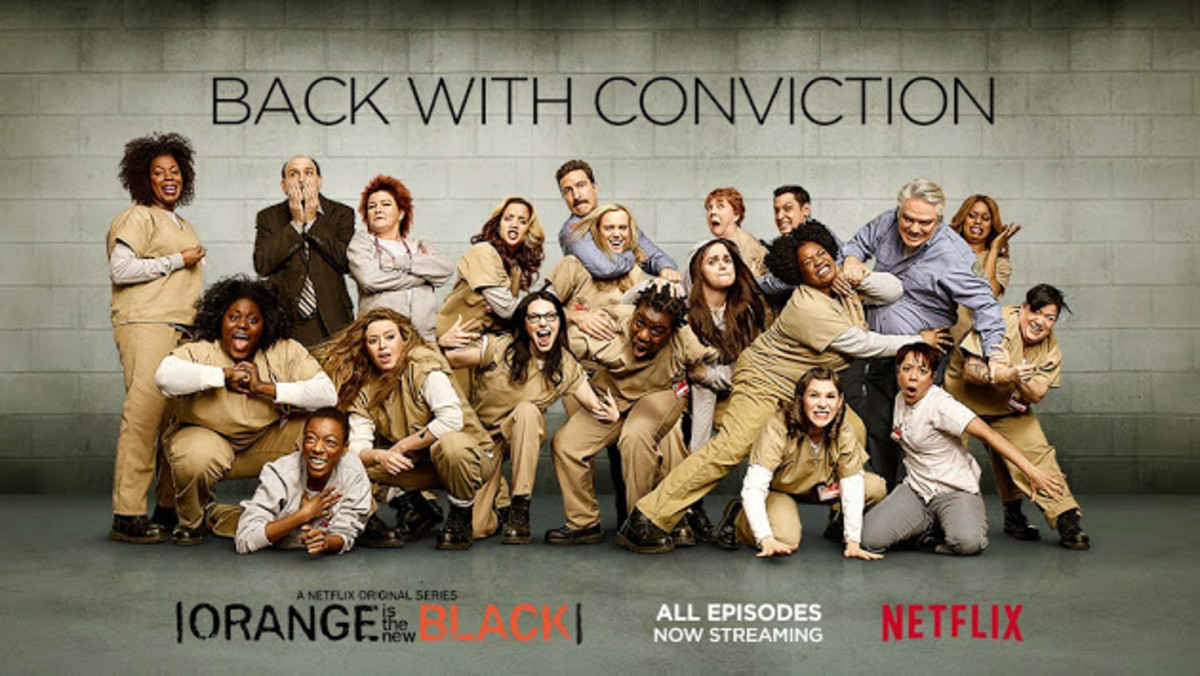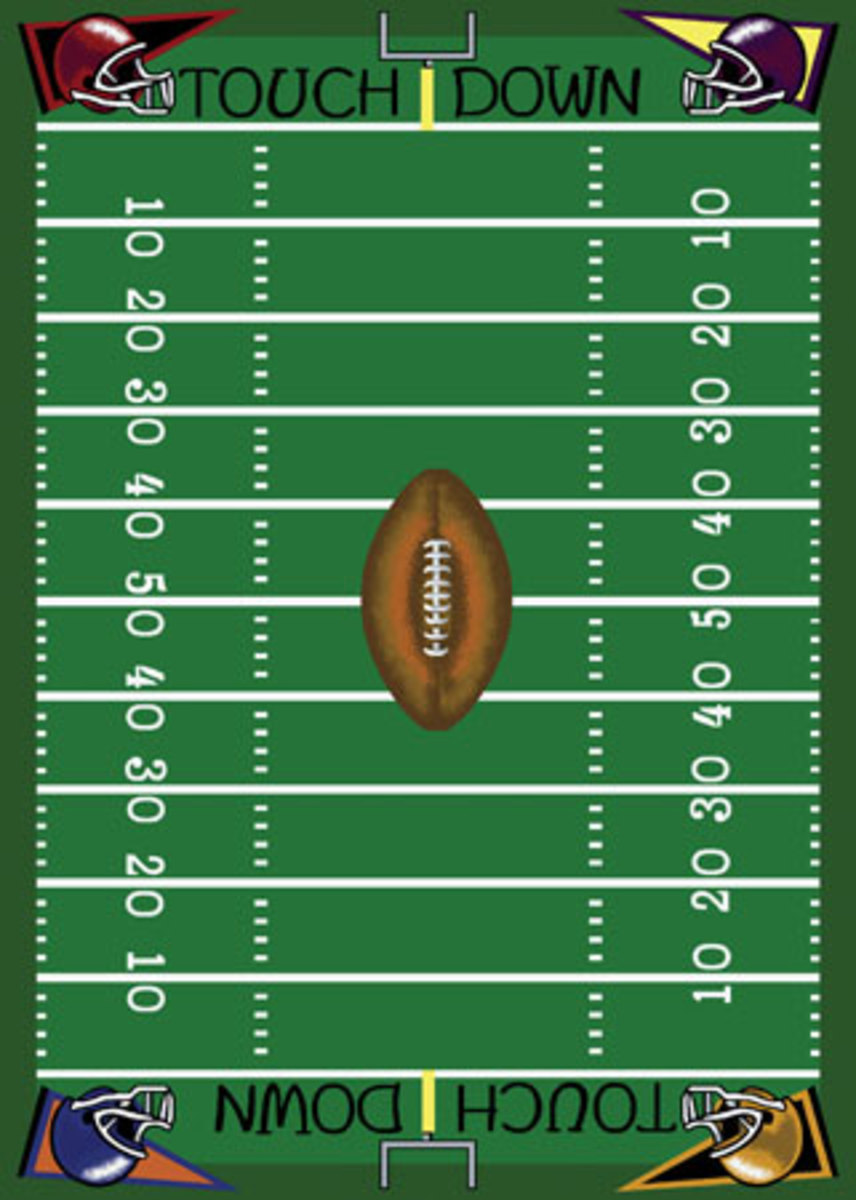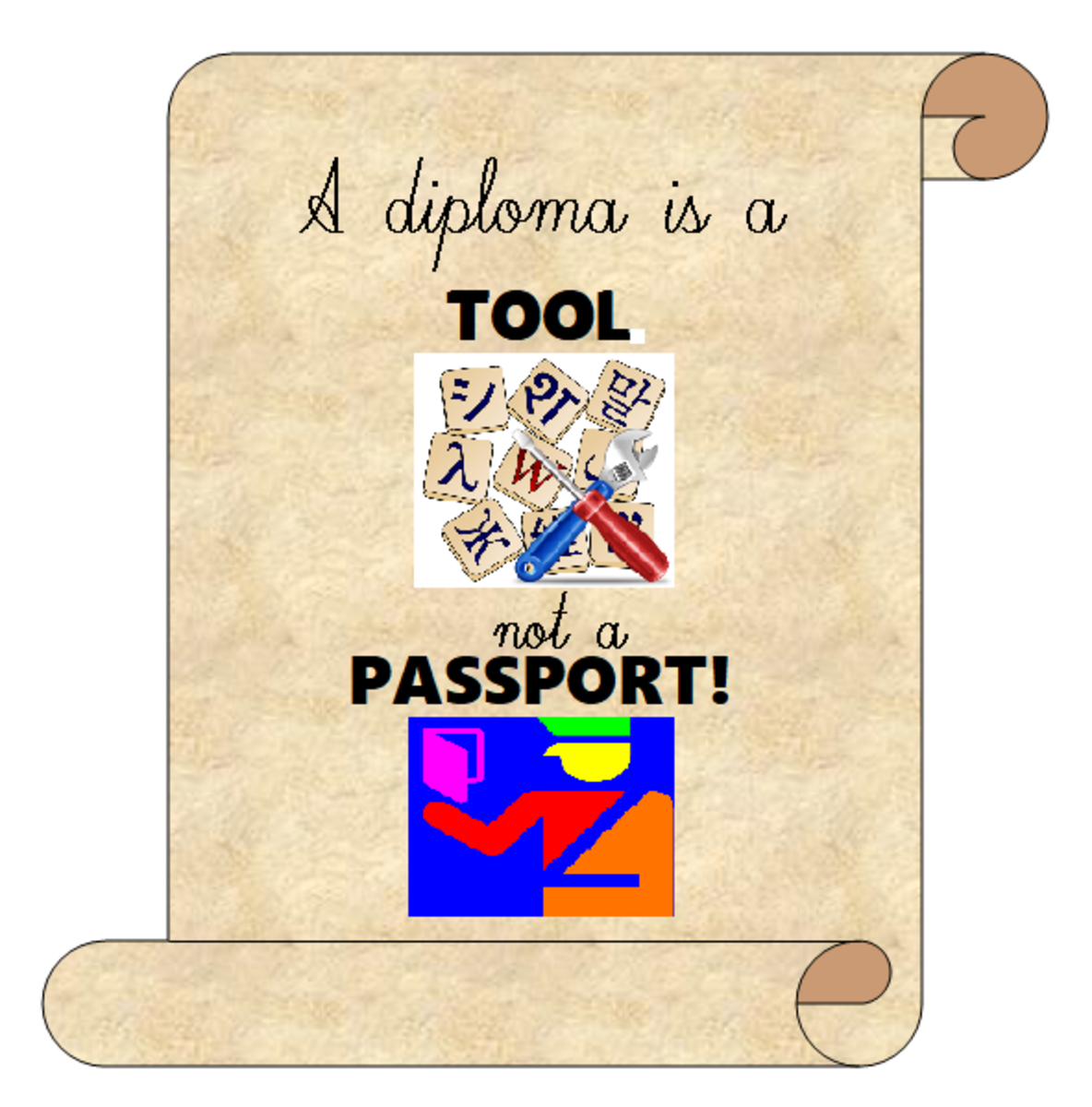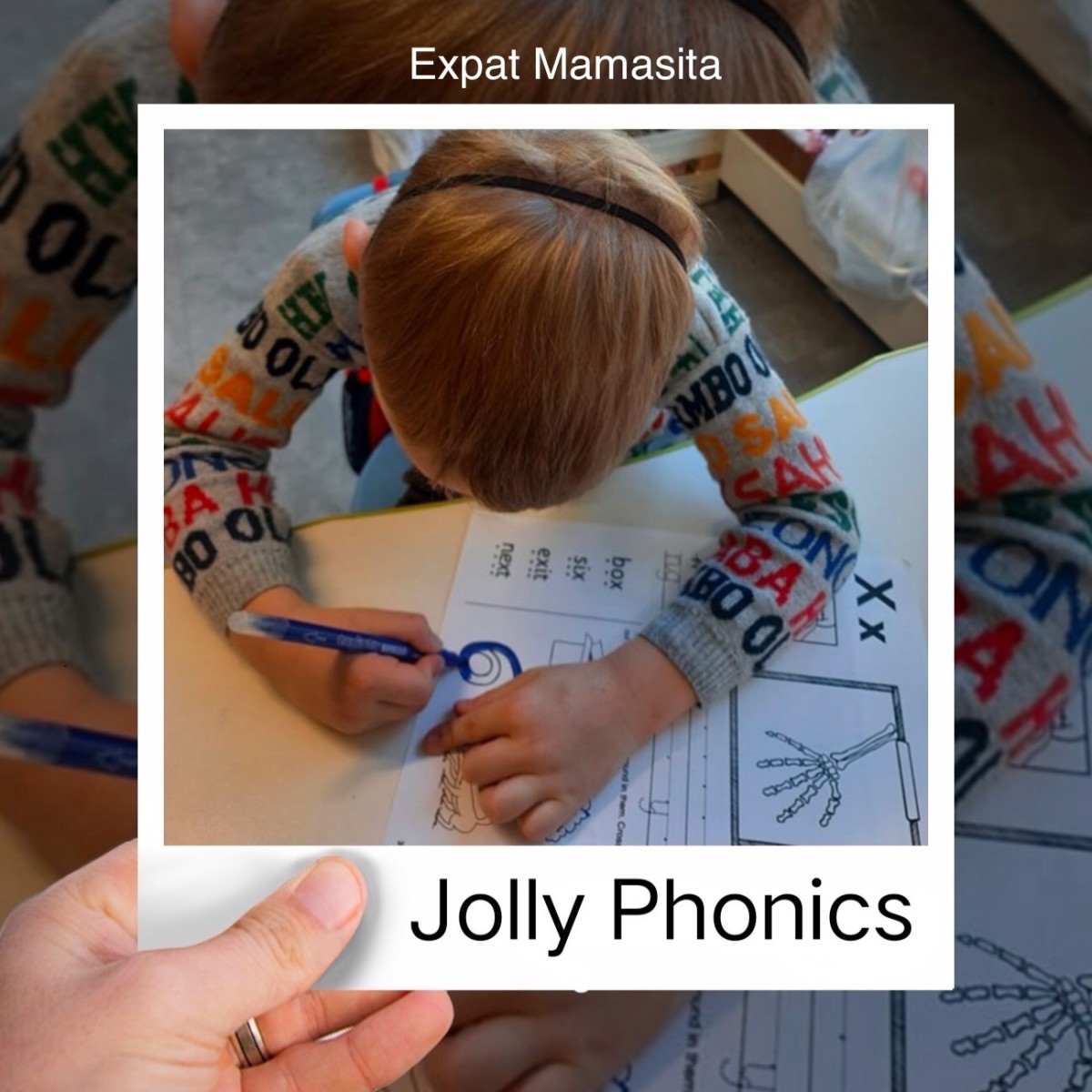Zero Tolerance, Zero Intelligence, Part 2: The History
The History of Zero Tolerance
But Zero Tolerance laws and policies did not have their nativity in the Gun Free Schools Act of 1994 law. It all started during the big anti-drug push of the 1980s that continues today under the umbrella title of the "War on Drugs." In June of 1971 by President Nixon declared a "War on Drugs" because of the relation of drugs to the political protest, rebellion, and more of the 1960's (A Brief History). As this war progressed, it was the school campus that became one of the central battlefields because of the connection of drug usage with youthful rebellion. Nancy Reagan's well-meaning "Just Say No" campaign, combined with media hysteria, resulted in the first of the Zero Tolerance policies in the mid to late 1980s (A Brief History). The idea behind these initial policies was that any possession of drugs would be met with zero tolerance because of the risk posed to other students not only due to the distribution of drugs, but also potential violence stereotypically associated with teenage drug users (Teske). The 1994 law was the first time the policy was officially made into law, however.
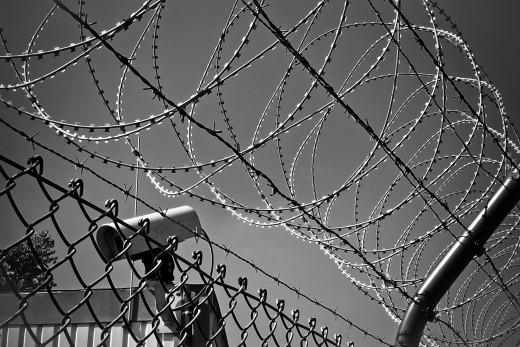
It turns out that Zero Tolerance laws and policies lead to a significant increase school suspensions and expulsions. A comparison of 1974, which is pre-Zero Tolerance policies, to 2003 shows a major disparity in which 1.7 million students were suspended as compared to 3.1 million, just three short decades later (Teske). Direct number comparisons are not accurate since there has been a population increase. The population of children between the ages of 5 and 17 in 1974 was 33.7 million. The population of children between the ages of 5 and 17 in 2003 was 41.6 million (Child population). When looking at these numbers, even accounting for an increase in population, there was a massive jump in suspensions and expulsions. The suspension rate in 1974 was 5.04 percent compared to a rate of 7.45 percent in 2003. To put that in perspective, this was a jump of 32.34 percent in suspensions, which was a very significant increase. What is more, research indicates that there is a disproportionate application of Zero Tolerance policies towards minority students for illegal and underage substance usage despite the evidence pointing to white and non-minority populations being more likely to use substances such as marijuana than black or Hispanic populations (McCabe). Schools with 50 percent or higher minority enrollment typically address minor infractions and behaviors with suspensions or expulsions using Zero Tolerance as a justification (Triplett).
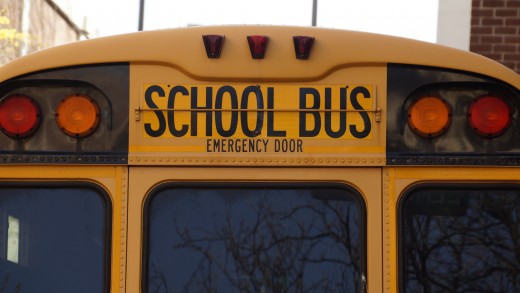
Case Study # 2
On March 2013, a 2nd grade boy at Park Elementary School in Anne Arundel County, Maryland ate a breakfast bar into the shape of a gun, held it up to his friends and said, "Look, I made a gun." The response to this was for the young man to be suspended from school for two days (CBSNews). No physical bodily harm happened or was even threatened, according to the reports from school staff and the school administration, and yet the school administration that same day sent home the following letter with every student.
"If your children express that they are troubled by today's incident, please talk with them and help them share their feelings. Our school counselor is available to meet with any students who have the need to do so next week. In general, please remind them of the importance of making good choices." (Mangu-Ward)
The boy's parents, concerned about over-reaction and the fact that the school district records mentions "gun" in it four times, first tried to resolve their concerns with the district, then when the school district remained intractable on the topic later took legal action. The legal process revealed that the student in question had a history of behavioral problems. The boy joined school later in the school year and exhibited further behavioral problems, ranging from fighting with peers to hitting his head against a desk when frustrated. While these behaviors are atypical of a seven year old, the fact that the boy was also diagnosed with ADHD gives additional perspective to this case since students with ADHD tend to struggle with socially appropriate ways to express their frustration. But the question keeps coming back to why the boy was suspended for playing with his food? The administration of the school claimed that was part of a progressive behavior intervention; a claim that the Maryland Board of Education upheld in 2015. But this case the pastry-based threat came eleven short weeks after the tragic Sandy Hook school shooting, which brings into perspective the reaction of the administration to suspend the student for playing with his food in such a way and to immediately send out a letter with every student on the topic (George).

Interestingly, the parents continued to pursue legal action after the state board's ruling, and the result was a settlement on the matter in late 2016. The details were not disclosed as a condition of the settlement, but the parents and their attorney were pleased with the conclusion (George). Had the district been less intractable on the topic, the legal cost in time and money would have been minimal. The fact that the then seven year old boy was dealing with some behavioral problems was undeniable, yet the reaction that resulted from Zero Tolerance based thinking and policies did not resolve the behavioral problem and instead lead to greater costs. If the objective is to make the school safer, did these actions solve the problem? What lesson did this teach the children and adults that the school and school district serves? How was the student who was suspended helped by the suspension and subsequent actions by adults that surrounded him?
Previous & Next Parts
- Zero Tolerance, Zero Intelligence, Part 1: Introduction
Zero Tolerance policies are designed to be mindless, and when enforced without careful thought result in great harm. Furthermore, these policies hide the underlying issues that affect school discipline issues. Part 1 introduces Zero Tolerance's origi - Zero Tolerance, Zero Intelligence, Part 3: Symptoms of the Real Problem
Part 3 addresses the real problems that schools face and looks at some solutions. This part also looks at two more case studies. - Zero Tolerance, Zero Intelligence, Part 4: School Safety, Self-regulation, & Social Skills
Part 4, and the final part, addresses school safety, self-regulation, social skills, and gives a compelling case for taking a different approach other than Zero Tolerance.
Has your opinion changes since you read part 2?
Now what do you think about Zero Tolerance?
Works Cited (for Parts 1-4
A Brief History of the Drug War. (n.d.). Retrieved February 05, 2017, from
http://www.drugpolicy.org/facts/new-solutions-drug-policy/brief-history-drug-war-0
Anderson, D. A. (2014). Encyclopedia of Law and Economics. Springer Verlag.
The Cost of Crime
Caldwell, Michael F., and Gregory J. Van Rybroek. 2005. “Reducing Violence in Serious Juvenile Offenders Using Intensive Treatment.” International Journal of Law and Psychiatry 28:622–36.
Caldwell, Michael, Jennifer Skeem, Randy Salekin, and Gregory Van Rybroek. 2006. “Treatment Responses of Adolescent Offenders With Psychopathy Features: A 2-Year Follow-Up.”
Criminal Justice and Behavior 33(5):571–96.
CBSNews, S. (2014, July 1). "Pop Tart" suspension should be upheld, school official says.
Retrieved July 22nd, 2016, from http://www.cbsnews.com/news/examiner-recommends-school-board-uphold-pop-tart-suspension
Chasmar, J. (2016, September 21). 7th-grader suspended after reporting pocketknife to school, mom says. Retrieved March 11, 2017, from http://www.washingtontimes.com/news/2016/sep/21/7th-grader-suspended-after-reporting-pocketknife-t/
Child population (in millions) ages 0–17 in the United States 1950–2015. (n.d.).
Retrieved July 22, 2016, from
http://www.childstats.gov/americaschildren/tables/pop1.asp
Drug Testing: Background Information - FindLaw. (n.d.). Retrieved July 22, 2016, from
http://education.findlaw.com/student-rights/drug-testing-background-information.html
Faith, M., Malcolm, K., & Newgent, R. (2008). Reducing potential mental health issues and alcohol abuse through an early prevention model for victims of peer harassment. Work,
31(3), 327-335 9p.
Fisher, A. (2005, November 16). USING CALIFORNIA STATE ANTIDISCRIMINATION LAW TO COMBAT THE OVERUSE OF SCHOOL SUSPENSIONS. Retrieved
July 22nd, 2016, from http://lawreview.usc.edu/wp-content/uploads/Fisher_online.pdf
Fogarty, L. (2014, October 14). Honor Student Accidentally Brings Banned Item, Gets Expelled.
Retrieved July 22nd, 2016, from http://www.opposingviews.com/i/society/honor-student-who-accidentally-brought-pocketknife-school-will-be-suspended-yearr
George, D. S. (2016, October 25). Resolution, years later, in boy's suspension over 'pastry gun'
Retrieved March 04, 2017, from https://www.washingtonpost.com/local/education/
resolution-years-later-in-boys-suspension-over-pastry-gun/2016/10/25/6bc337de-
96f5-11e6-bc79-af1cd3d2984b_story.html?utm_term=.b93969aa6c77
Gross, A. (2014, October 13). How a Pocketknife and Bad School Policy Can Ruin a Student's Life. Retrieved January 17, 2017, from http://www.slate.com/articles/life/education/2014/10/atiya_haynes_case_zero_tolerance_school_choice_and_one_detroit_student_s.html
Henault, C. (2001). Zero Tolerance in Schools. Journal of Law & Education, 30(3), 547-553.
History.com, S. (2009). Columbine High School shootings. Retrieved July 22nd, 2016, from
http://www.history.com/topics/columbine-high-school-shootings
King, C. A., Gipson, P. Y., & Opperman, K. (2015). The LET's CONNECT Intervention: Targeting social connectedness, bullying, and youth suicide risk. In P. Goldblum, D. L.
Espelage, J. Chu, B. Bongar, P. Goldblum, D. L. Espelage, ... B. Bongar (Eds.) , Youth suicide and bullying: Challenges and strategies for prevention and intervention (pp. 246-259).
New York, NY, US: Oxford University Press.
McCabe, S. E., Morales, M., Cranford, J. A., Delva, J., McPherson, M. D., & Boyd, C. J. (2007). Race/Ethnicity and Gender Differences in Drug Use and Abuse Among College Students. Journal of Ethnicity in Substance Abuse, 6(2), 75–95.
http://doi.org/10.1300/J233v06n02_06
Mangu-Ward, K. (2016, June 16). Judge Upholds Suspension of the Pop-Tart Gun Kid. Retrieved March 4, 2017, from http://reason.com/blog/2016/06/16/judge-upholds-suspension-of-the-pop-tart?src=fb
NBPTS. (n.d.). Retrieved April 07, 2016, from
http://www.boardcertifiedteachers.org/about-certification/five-core-propositions
O'Neill, ,. M., Clark, ,. K., & Jones, J. A. (2011). Promoting Mental Health and
Preventing Substance Abuse and Violence in Elementary Students: A Randomized
Control Study of the Michigan Model for Health. Journal Of School Health, 81(6),
320-330.
doi:10.1111/j.1746-1561.2011.00597.x
Powers, J. D., Swick, D. C., Wegmann, K. M., & Watkins, C. S. (2016). Supporting prosocial development through school-based mental health services: A multisite evaluation of social and behavioral outcomes across one academic year.Social Work In Mental Health,14(1), 22-41.
doi:10.1080/15332985.2015.1048842
Recalling the Apple and the Knife [Personal interview]. (2017, February 17).
Render, J. (2017, March 09). Dekalb middle school student brings gun to class. Retrieved March
11, 2017, from http://www.cbs46.com/story/34710548/dekalb-county-school-student-brings-gun-to-class
Ronón, J., Campbell, J., Galway, K., & Leavey, G. (2014). Exploring the Needs of Socially Excluded Young Men. Children & Society, 28(2), 104-115.
doi:10.1111/j.1099-0860.2012.00457.x
Sakellari, E., Sourander, A., Kalokerinou-Anagnostopoulou, A., & Leino-Kilpi, H. (2014). The impact of an educational mental health intervention on adolescents' perceptions of mental illness. Journal Of Psychiatric & Mental Health Nursing,21(7), 635-641.
doi:10.1111/jpm.12151
Seal v. Morgan. (n.d.). Retrieved July 23, 2016, from
http://caselaw.findlaw.com/us-6th-circuit/1204088.html
Skiba, R. J. (2014). The Failure of Zero Tolerance. Reclaiming Children & Youth, 22(4), 27-33.
Teske, S. C. (2011). A Study of Zero Tolerance Policies in Schools: A Multi-Integrated Systems Approach to Improve Outcomes for Adolescents.Journal Of Child & Adolescent Psychiatric Nursing, 24(2), 88-97.
doi:10.1111/j.1744-6171.2011.00273.x
Triplett, N. P., Allen, A., & Lewis, C. W. (2014). Zero Tolerance, School Shootings, and the Post-Brown Quest for Equity in Discipline Policy: An Examination of How Urban Minorities Are Punished for White Suburban Violence. Journal Of Negro Education, 83(3), 352-370.
Urbina, I. (2009, October 11). It’s a Fork, It’s a Spoon, It’s a ... Weapon? Retrieved March 13, 2017, from http://www.nytimes.com/2009/10/12/education/12discipline.html
Wei, Y., & Kutcher, S. (2014). Innovations in Practice: 'Go-to' Educator Training on the mental health competencies of educators in the secondary school setting: a program evaluation. Child & Adolescent Mental Health, 19(3), 219-222.
doi:10.1111/camh.12056
© 2018 Brian Middleton


